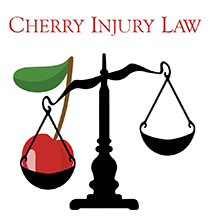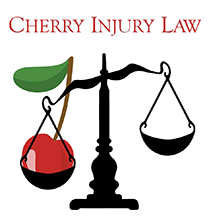Last year around this time, we wrote about the tragic case of an Irwin, Pennsylvania, wife and mother who was killed by a downed power line in her back yard. The accident occurred in June 2009 and resulted in one of the biggest wrongful death lawsuits in the state’s history.
On that tragic summer day, the Irwin woman had gone outside to call the power company and alert them about the power line when it either fell on her or she tripped over it. The woman was met with a full 7,200 volts of electricity that caused her to ignite into flames in front of her two young daughters and mother in law.
Workers from the electric company had to get the live wire off of her and she died three days later with burns covering 85 percent of her body.
In the wake of the woman’s death, her family filed a wrongful death lawsuit against the power company, West Penn Power Co., which is a subsidiary of the $16 billion-a-year conglomerate FirstEnergy.
According to the attorneys representing the woman’s family, the power line went down because of the way a power conductor was cleaned before being inserted into a splice. While the conductors are only supposed to be cleaned with special wire brushes, linemen working for the power company allegedly sometimes used pliers or knives instead.
Attorneys for the woman’s family say that cleaning the conductors this way allows oxides to build up, which can overheat and lead to the detachment of the power line. They say this is the cleaning method that was used on the power line that killed the woman, and that this was the cleaning method being taught to linemen by the power company’s training programs.
The lawsuit has been just as much about preventing an incident like this from happening in the future as about compensating the family for their tragic loss. If these dangerous cleaning methods continue to be used, similar accidents like this are likely to occur in the future, the family’s attorneys warn.
Check back later this week to find out more about this important case, which resulted in the largest personal injury damage award in state history.
Source: Philadelphia Inquirer, “$109 million personal-injury award in Western Pennsylvania offers insight into tort system,” Chris Mondics, Feb. 5, 2013








 Cherry Injury Law RSS Feed
Cherry Injury Law RSS Feed



